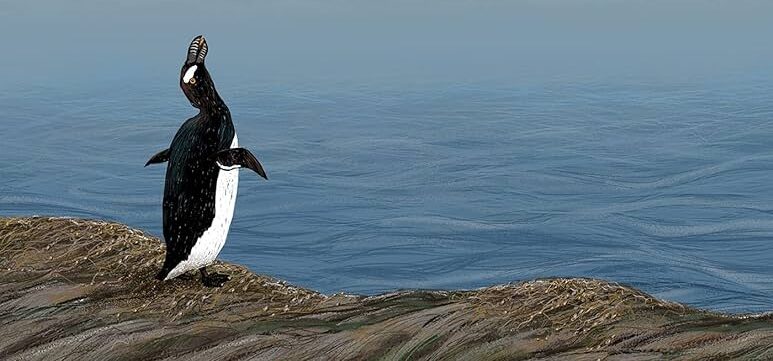The story of the Great Auk, or Pinguinus impennis, is a poignant chapter in the annals of natural history. This large, flightless bird, native to the North Atlantic, once thrived in the millions, its population stretching from the icy waters of the Arctic to the temperate shores of the North American and European coastlines. The Great Auk’s distinctive appearance, with its black and white plumage and upright stance, bore a striking resemblance to the penguins of the Southern Hemisphere, leading to its colloquial name ‘Penguin’ long before the term was associated with its antipodean counterparts.
Resource Utilization and Overhunting
The Great Auk’s journey from abundance to extinction is a complex tale woven through centuries of human interaction with the natural world. For generations, these birds served as a vital resource for coastal communities. Their meat was a staple food, their feathers were used for insulation, and their fat provided oil for lamps. However, it was these very attributes that led to the Great Auk’s downfall. As demand for these resources grew, so did the intensity of hunting, pushing the species to the brink of extinction.
By the 1770s, the impact of overhunting was evident, and the first conservation laws aimed at protecting the Great Auk were enacted. In 1553, the species received its initial protection, and by 1794, Great Britain had banned the killing of Great Auks for their feathers. Despite these early efforts, enforcement was lax, and the laws did little to curb the exploitation. In St. John’s, violators of a 1775 law that banned hunting the Great Auk for its feathers or eggs were subjected to public flogging, yet hunting for use as fishing bait was still permitted. This selective enforcement highlights the challenges faced by early conservationists in balancing economic needs with the preservation of wildlife.

Rarity and Extinction
The Great Auk’s rarity soon turned it into a prized possession for collectors and museums. As the population dwindled, the value of Great Auk specimens soared, leading to a perverse incentive for hunters and collectors. Museums, driven by a desire to preserve and display the bird, contributed to the species’ decline by collecting specimens from the dwindling populations. This practice, while well-intentioned, underscored a fundamental misunderstanding of conservation: the importance of protecting living species, not just their remains.
The last known breeding pair of Great Auks met a tragic end on July 3, 1844, on Eldey Island, Iceland. The birds were killed by fishermen, either for a businessman seeking specimens for collectors or because the fishermen believed the birds were causing a storm. This final act of violence against the Great Auk was not an isolated incident but the culmination of centuries of exploitation and misunderstanding of the natural world.
The Great Auk’s extinction serves as a stark reminder of the fragility of life and the impact of human activity on the environment. Today, the American Ornithological Society’s peer-reviewed academic journal, The Auk, is named in honor of the bird, symbolizing both a tribute to the lost species and a cautionary tale of misguided scientific efforts. The Great Auk’s story is not just a historical curiosity; it is a call to action for conservationists and the public alike to recognize the consequences of our actions and to strive for a more sustainable coexistence with the natural world.
Related posts:
The extinction of The Great Auk
The History of the Decline and Fall of the Great Auk — The Extinctions
Great auk





